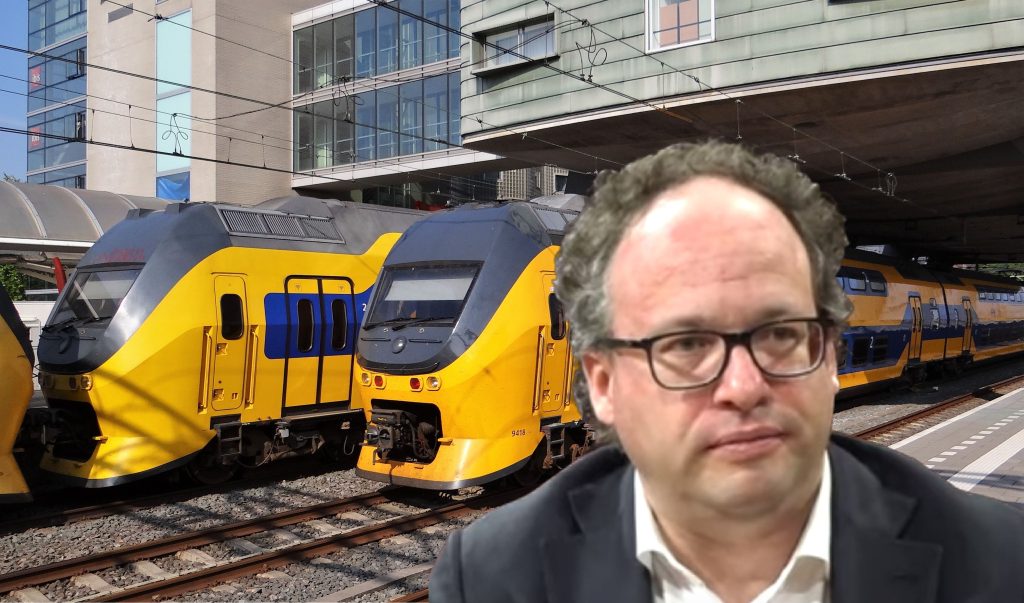The new NS timetable, which will come into effect from December 10, responds to the changed travel behavior after the corona pandemic and takes into account the challenges posed by high inflation.
The Dutch Railways (NS) announces an expansion of its network timetable. This decision follows the changed travel patterns following the corona pandemic and the ongoing challenges posed by high inflation. This adjustment to the timetable appears to be a strategic move by NS to both increase accessibility and improve the passenger experience.
The most striking thing about the new timetable is the increase in frequency of Intercity trains between major cities. From now on, four Intercity trains will run per hour during weekends and off-peak hours. This significantly increases mobility and flexibility for travelers. The popular Intercity Direct on the high-speed line between Breda and Amsterdam will also be restored, which means a direct connection between these cities.
efficient
Despite the expansion of the timetable, there are also adjustments that show a reduction in services. At less busy times, the number of trains on some routes will be reduced. This seems a logical step, given the fluctuating passenger numbers and the need for NS to operate efficiently. Another important change is the reduced travel time to Berlin, which will now take half an hour less. This should make NS's position at international level and long-distance travel within Europe more attractive.

"Fewer trains will run on a number of routes during quiet times," Koolmees explains, demonstrating that NS is aware of the changing needs of its travelers.
Wouter Koolmees, CEO of NS, emphasizes the benefits of the new timetable. He emphasizes that, despite the challenges, NS is committed to keeping the Netherlands accessible and also improving the passenger experience. The extra trains and connections are a direct response to the changing needs and patterns of travelers.
This new timetable is also a reflection of the changed work dynamics. With a clear increase in working from home and flexible working hours, we are seeing a shift in travel pressure. Fridays are less busy, while Tuesdays and Thursdays have now become typical 'commuter days'. These adjustments show that NS is responding to the new reality of working and traveling.
less trains
As part of the new timetable, the Dutch Railways (NS) has also taken decisions to reduce the number of Sprinters on certain routes during less busy times. These changes are a direct result of the changed travel patterns and NS's aim to use its resources more efficiently. One of the modified routes is between Amsterdam Central Station and Almere Oostvaarders. Here, the number of Sprinters will be reduced from four to two per hour during off-peak hours.
A similar adjustment will take place on the route between Utrecht Centraal and Woerden, where the number of Sprinters will also be reduced from four to two per hour during off-peak hours. On the route between Utrecht Centraal and Hoofddorp, the number of Sprinters will be halved on Friday, from four to two per hour. This is indicative of changing travel habits on Fridays, perhaps due to increased flexibility in working patterns. Finally, fewer Sprinters will also run between Hoofddorp and Leiden Central on Fridays, with the number increasing from four to two per hour.
personeel
Finally, NS's successful recruitment campaign is a crucial element. The recruitment of many new employees has reduced the staff shortage, which has a positive impact on services. This gives NS the opportunity to concentrate on further improvements and expansions in the future, with a special focus on recruiting technical staff.



